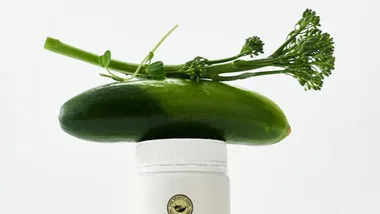Move over, skincare ‘shelfies’ — we’re now showing off our pantry shelves and grocery hauls, redefining what it means to ‘glow from within’. Just like SPF became a daily non-negotiable, and that time our algorithm suddenly pivoted to the likes of Hailey Bieber cooking in her kitchen, we’re now counting supplements and macro-nutrients like we once tallied serums in a 10-step routine.
From TikTok trends to supermarket aisles, one macro-nutrient that’s dominating group chat right now is protein. Just as self-care routines once became synonymous with what it means to be ‘well’, protein has become the wellness world’s badge of honour. Whether it’s sharing a new high-protein recipe you’ve made, venting about off-the-shelf demand for cottage cheese, or discovering a new snack that delivers 20-plus grams in one hit, it’s a topic on everyone’s lips.
The 2025 Protein Glow-up
Once reserved for muscle recovery and post-gym shakes, protein’s role in supporting metabolic function and preserving muscle mass — particularly in perimenopausal and menopausal women — has sparked a cult-like following among millennial and gen Z women.
Google searches for protein-rich breakfast ideas have surged, while the global protein ingredients market is tipped to reach over a billion dollars in the coming years. But while this protein-first approach stems from positive intentions — muscle maintenance, strength, and overall wellbeing — it often comes at the cost of another essential nutrient: fibre.

The Fibre Factor
Protein is everywhere. No longer just for the gym crowd, it’s now in your chocolate, cereal, pasta and even celebrity-endorsed snacks (Khloé Kardashian’s Protein Popcorn anyone?). But what many people are forgetting is that protein isn’t everything, and in our pursuits for high protein meals, fibre is sometimes forgotten. The Australian Dietary guidelines recommend a daily fibre intake of 25-30 grams for adults, yet many Australians fall short. Without enough fibre to balance things out, our gut microbiome can suffer. Luke Hines, Integrative Health and Performance Coach, TV host, and author, reminds us that while protein is essential in your daily meals, it’s just as important to ‘crowd your plate with goodness’ by balancing it with healthy fats, complex carbohydrates, and—most importantly—fibre. “Balancing protein and fibre is the secret to feeling energised, satisfied, and ready to take on the day. It’s not just about eating clean — it’s about eating smart. I love using wholesome ingredients from McKenzie’s Foods like the Cooked Pulses in Tetra Pak — they make it easy to nourish your body from the inside out.”
While protein supports muscle health and satiety, fibre plays a vital role in digestive health, blood sugar regulation, and hormonal balance. Neglecting it can lead to issues such as constipation and may impact overall well-being.
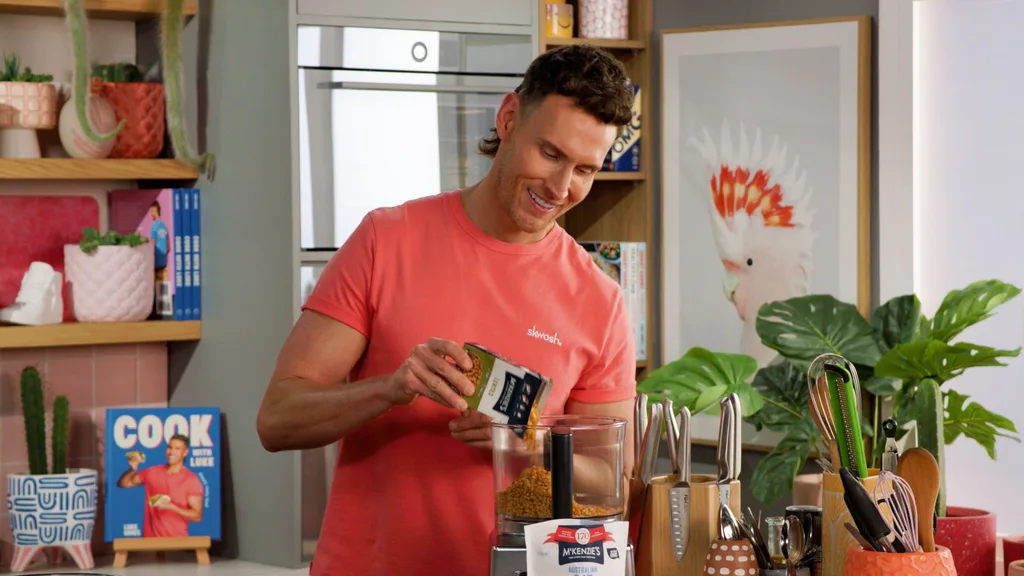
The Power Of The Pulse
While high-protein staples, such as cottage cheese, may dominate social feeds, it’s essential to look for alternatives to help balance protein intake with adequate fibre. Whether it’s wanting a meat-free day, shopping sustainably or ethical considerations, high-quality, plant-based protein in the form of legumes — such as lentils, chickpeas, and red kidney beans— deliver both fibre and protein in one tidy package. Take the new McKenzie’s Pulses in Tetra Pak for example; a delicious range of protein-packed, fibre-rich pulses that are now conveniently in a pre-cooked, ready-to-serve tetra pak which you can reseal for up to three days in the fridge.
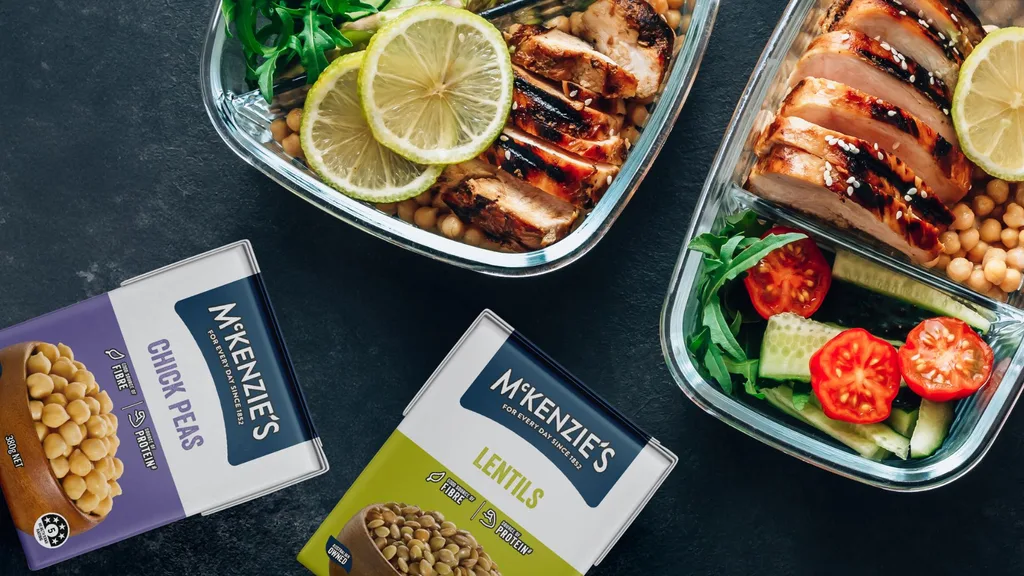
Incorporating legumes into your diet is easier than you think. Whether it’s on their own or combined with other natural proteins, you’ll hit your goals in no time. For instance, the five-star health rated McKenzie’s Chick Peas includes 7.7 grams of protein per 100 grams with no preservatives or added sugar, meaning you’re getting clean, natural protein without the extra effort. And at just $2.20 from Woolworths in the canned veg aisle, it’s a no brainer.
Try them in a roast vegetable salad, mixed into pastas, blended into dips and even in sweet snacks such as this High-Protein Blondie Brownie recipe by Luke Hines, using lentils.
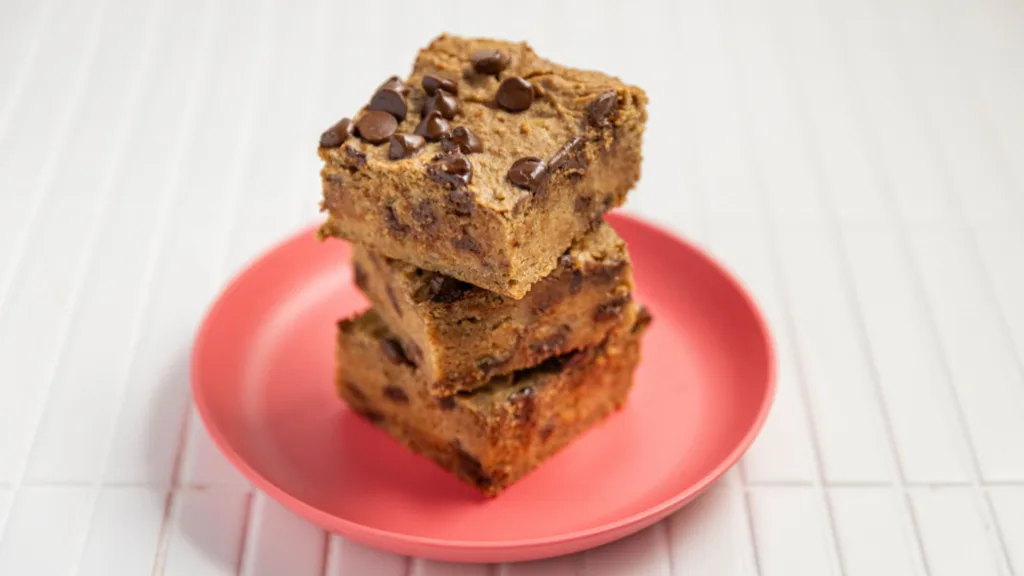
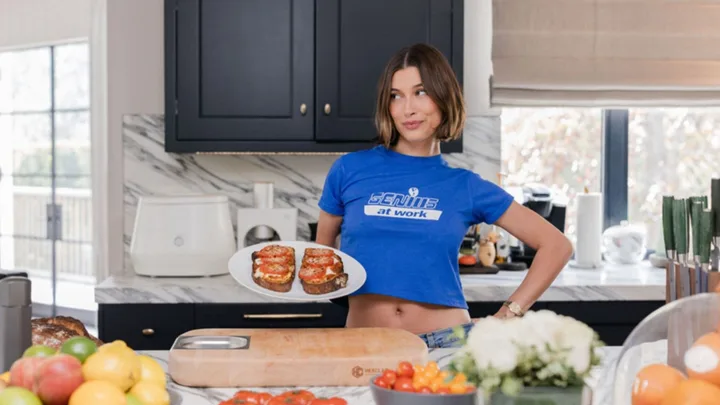 OBB Media/Hailey Bieber YouTube
OBB Media/Hailey Bieber YouTube







